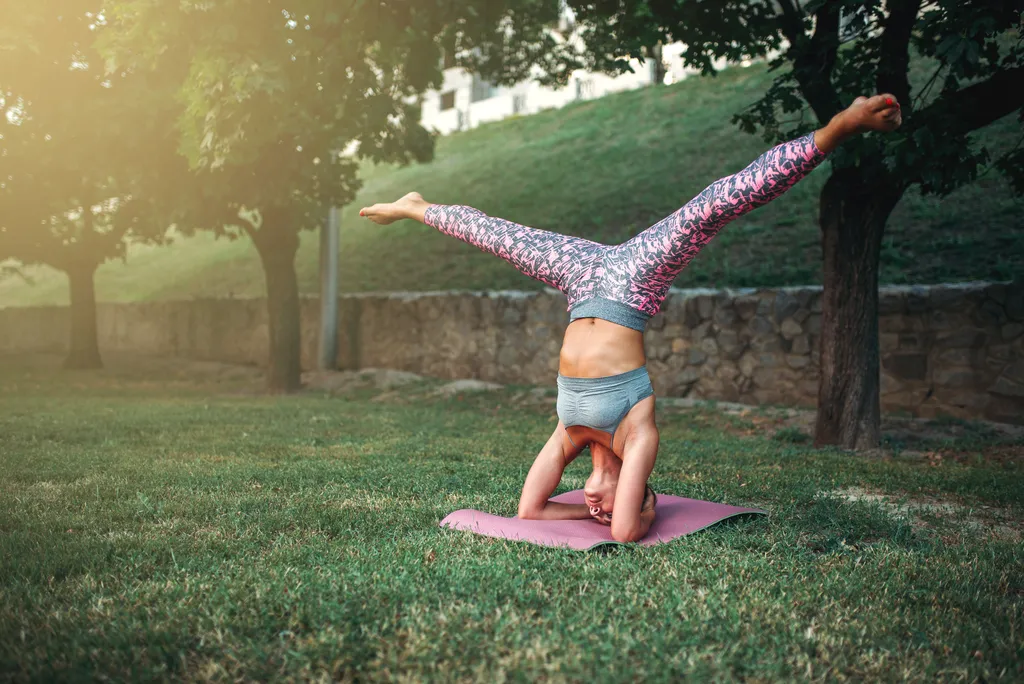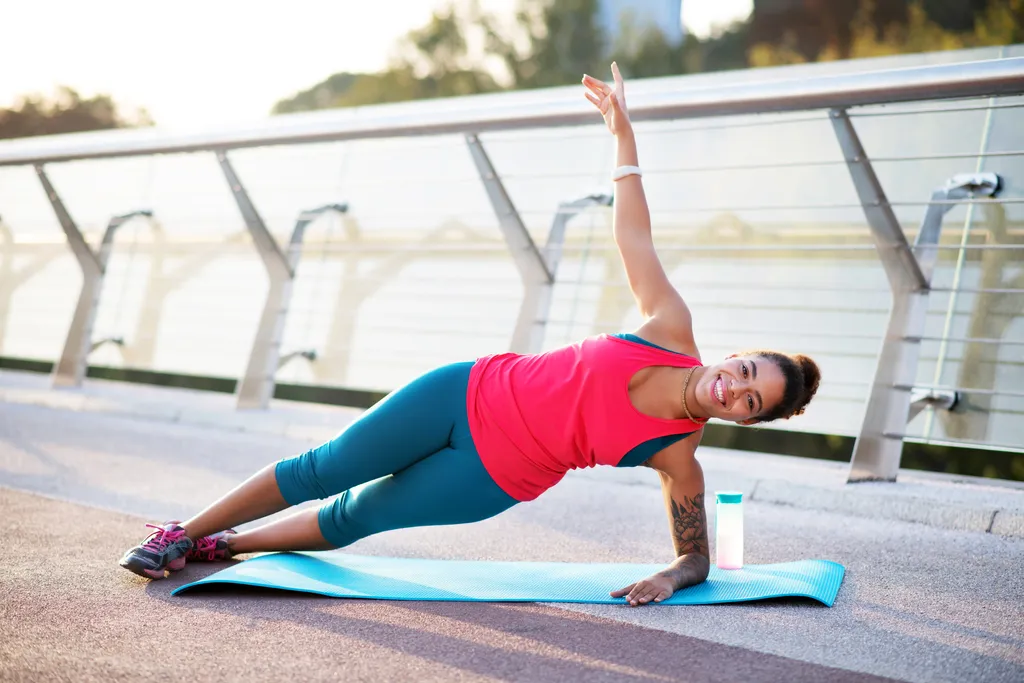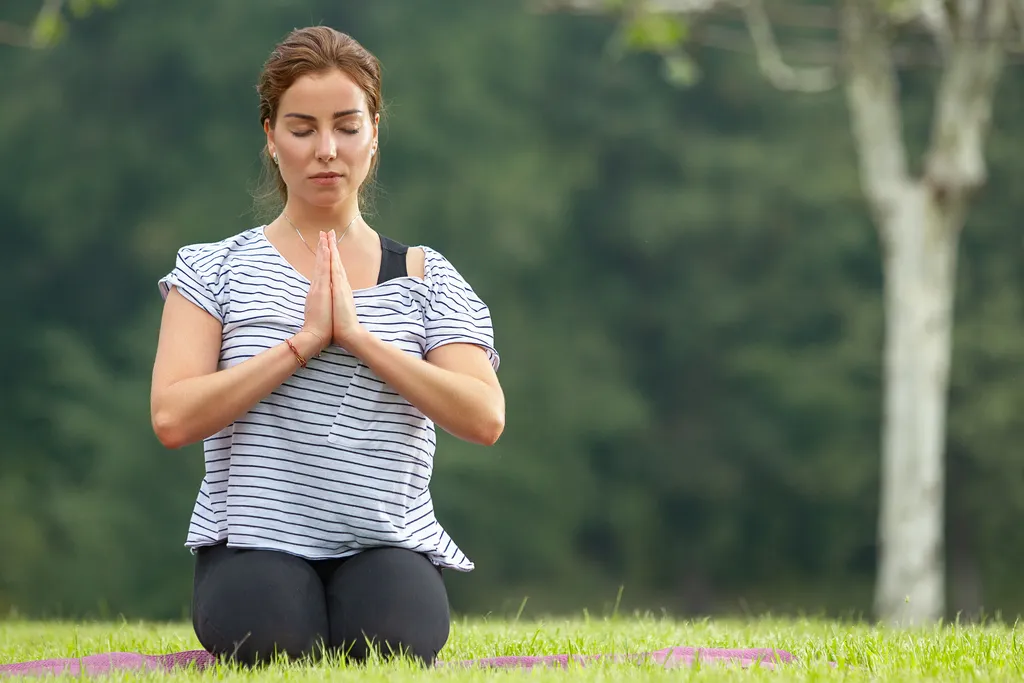Introduction
Are you bored with your current yoga regimen and searching for something new to try? If this is the case, you have probably already heard about 18 Yoga and how it changes how people approach traditional yoga. This fresh look is meant to deliver an experience that is more exciting than anything you’ve had. But what exactly is 18yoga, and why should someone who already practices traditional yoga consider adding it to their routine?
In this article, we will investigate the parallels between these two types of practice and the significant contrasts that make 18 yoga an excellent choice for individuals looking for something more demanding and gratifying than what is offered by traditional practices. Get ready to dive into 18 yoga with me because we’re about to start!
What is 18 Yoga, and how does it differ from traditional yoga practice?
At its foundation, 18 yoga is a hybrid practice that brings together classical yoga postures with contemporary exercises and methods. Kristina Sargent, a well-known yoga instructor, came up with the idea for it because she wanted to provide her pupils with a more dynamic and strenuous kind of exercise. 18 yoga, in contrast to traditional yoga, which emphasizes slow movements and holding positions for extended periods, emphasizes flowing at a faster tempo and making rapid transitions between poses. This results in an experience that is more dynamic and difficult and which engages your whole body, as well as your mind and spirit.

Benefits of 18 Yoga over traditional yoga
In addition to offering a more energizing workout than traditional yoga practices, 18 yoga has several other advantages that distinguish it from those. These are the following:
Increased strength and flexibility
18 yoga is an excellent choice for anyone who wants to tone their body since the fast-paced motions and transitions assist in building muscle strength and improving flexibility. Those who want to tone their body can try 18 yoga.
Enhanced mindfulness
The rapid speed of 18 yoga allows you to be continually aware of your body and breath, which helps you be present in the moment. While traditional yoga also encourages mindfulness, this type of yoga helps you remain in the here and now.
Cardiovascular health
Because of its dynamic character, 18 yoga gets your heart beating. It promotes blood circulation, both of which lead to improved cardiovascular health.
Weight loss
18 Yoga’s combination of stretching, strength training, and cardiovascular activity can also help participants lose weight. Along with this, you also want information about losing weight like you can read blogs, and watch video tutorials. If you are interested in reading blogs, check out Weight Loss Blogs.
Which style is right for you?
Both conventional yoga and 18 yoga offer their practitioners a variety of advantages, each of which will resonate more strongly with certain individuals. Suppose you’re looking for a practice that’s calmer and more conducive to meditation. In that case, classical yoga might be the way to go. On the other hand, if you’re searching for a high-energy workout that tests your mind in addition to your body, then 18yoga might be a better option for you.
Different poses used in 18 Yoga
You can expect to find a combination of classic yoga postures and up-to-date workouts in 18 yoga. The following are some of the 18 yoga positions that are practiced most frequently:

Downward-facing dog:
While simultaneously stretching the back and spine, this pose is excellent for building strength in the arms and legs.
Warrior II
A standing posture that engages the core and the legs, arms, and shoulders for building strength.
Plank
It is a time-honored exercise for developing the strength and stability of the core.
Side plank
Exercise that is comparable to the plank but places additional attention on the oblique muscles.
Sun Salutation
A full-body exercise routine that consists of a succession of positions that flow into one another.
How to maintain proper form while doing 18 Yoga poses
Even though 18 yoga is famous for its dynamic and fast-paced movements, it is essential to maintain good form to get the most out of each posture and get the full advantages of 18 yoga. While you are doing 18 yoga, here are a few things you should keep in mind:
Engage your core
It is necessary to have a robust core to keep one’s balance and stability when performing yoga poses. Ensure that you keep your abdominal muscles active throughout your practice.
Keep your breath steady.
During each posture, take a long, deep breath in and then let it out, and allow your breath to direct you through the movements.
Listen to your body.
Suppose a posture makes you uncomfortable or causes discomfort. In that case, paying attention to your body and altering or omitting it altogether is important. Putting too much pressure on yourself can result in injury.
Use props if needed.
If you need to support your poses or change them in any way, be bold and utilize blocks, straps, or any other kind of props.
If you practice 18 yoga by these suggestions, you can enhance the benefits of your sessions while minimizing the risks. Always pay attention to what your body tells you and adjust as required.
The importance of breathing techniques when practicing 18 Yoga
Deep and controlled breathing techniques are an essential component of traditional yoga practice. The same holds for 18 yoga, as maintaining good breathing throughout your practice can assist you in being focused and relaxed. The following are some examples of frequent breathing methods used in 18 yoga:

Ujjayi breath
This is a deep, audible breath that helps to coordinate your motions with your breath. It is also known as “ocean breath.”
Kapalbhati breath
This technique aids in detoxifying the body. It increases oxygen flow by first requiring a rapid and powerful exhale via the nose, followed by a passive inhale.
Dirga pranayama
This technique requires taking long, deep breaths into the abdomen, followed by rib cage expansion while continuing to inhale. It is beneficial for improving lung capacity as well as calming the mind.
Tips on finding an instructor for 18 Yoga classes
Finding a skilled and qualified instructor who can lead you through the 18-yoga practice safely and productively is essential if you want to try the practice. The following is a list of advice that will help you pick the ideal instructor for your journey with 18yoga:
Research their background
Investigate the credentials of candidates for the position of 18 yoga instructor, in addition to their experience and training in the practice.
Attend a trial class.
New students can try yoga for free at many studios that offer drop-in or trial sessions. This allows you to test out the various instructors’ instruction methods and determine whether they are a good match for you.
Ask for recommendations
If you know anyone who practices 18 yoga, ask them for advice on instructors they trust and whose classes they love taking because they will give you the most accurate information.
Trust your instincts
Ultimately, the person who can make you feel the most at ease and give you the most assurance in your work will be your greatest tutor. You should go with your gut instinct when looking for a new instructor.
How to incorporate 18 Yoga into your daily fitness routine
Mixing up your normal workout regimen with 18 Yoga is a terrific way to receive the benefits of this one-of-a-kind practice while giving your body a welcome change of pace. The following are some suggestions that will help you include 18 yoga into your daily routine:
Schedule it in
Schedule your 18 yoga sessions at times throughout the week as you would for any other form of physical activity.
Use online resources
Suppose you cannot make it to a studio. In that case, abundant content, including courses and tutorials, can be found on the 18 yoga website.
Mix it up
You should be confident in combining yoga with other types of exercise, such as weight training or cardiovascular activity. This could help you develop a comprehensive exercise plan.
Listen to your body.
It is crucial to listen to your body and take breaks or alter positions when necessary when practicing yoga, just as it is important to do so when practicing any other exercise.
Increase your strength, flexibility, and overall well-being by including 18 yoga into your daily exercise routine. This will help you get the most out of your workouts. Remember to enjoy yourself while doing it, and don’t be scared to push yourself beyond your comfort zone.
Conclusion
In conclusion, 18 yoga provides a holistic approach to healing by blending physical postures, breathwork, and techniques that focus on awareness. This distinctive style of yoga may be adapted to fit into your everyday routine, providing flexibility and adaptability in a workout practice. You can improve your strength, balance, flexibility, and mental clarity by picking a teacher whose aims are congruent with your own and committing to a practice schedule that is consistent with those aims. Remember that paying attention to your body and adjusting accordingly while engaging in physical activity is essential. Beginning a journey with 18 yoga has the potential to improve one’s entire well-being by giving methods for stress management and fostering a sense of serenity and tranquillity in the practitioner. Always remember that the journey, not the destination, is where the true beauty of yoga lies.
FAQs
Q1: What is 18 yoga?
18 yoga is a special kind that blends regular yoga poses with breathing exercises, mindfulness exercises, and other ways to improve health.
Q2: Is 18 yoga suitable for beginners?
Yes, 18 yoga is good for people of all skill levels, even those just starting. You should pay attention to your body and change exercises as needed.
Q3: How often should I practice 18 yoga?
Your practice plan and goals will determine how often you do it. But doing it regularly, even if only for a short time, can lead to better results.
Q4: Do I need any special equipment for 18 yoga?
You only need a yoga mat and clothes that are easy to move in. You don’t have to use blocks or straps as props, but they can help.
Q5: Can 18 yoga help with stress management?
Yes, the awareness part of 18 yoga can help you deal with stress and make you feel calm and peaceful.




